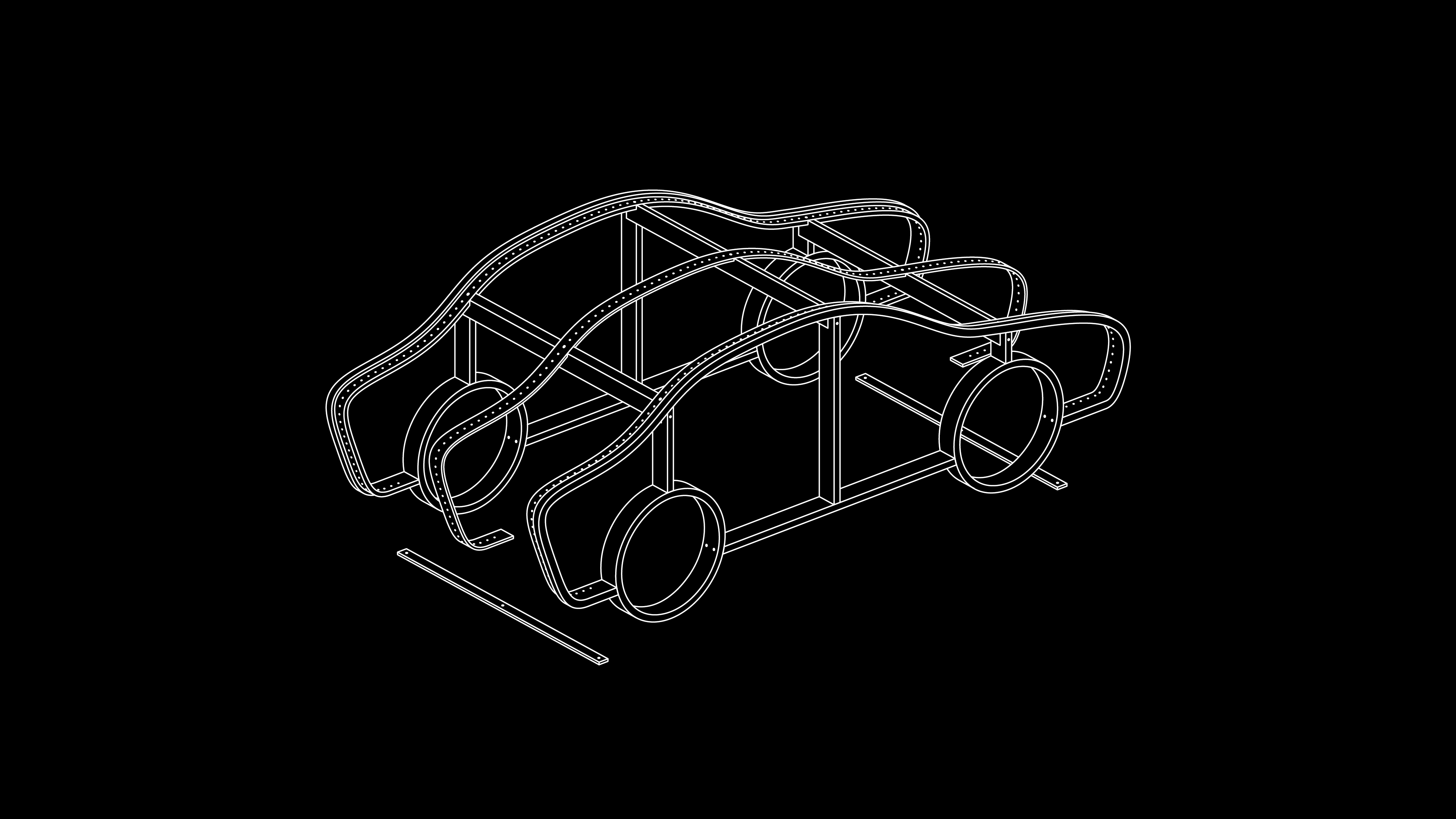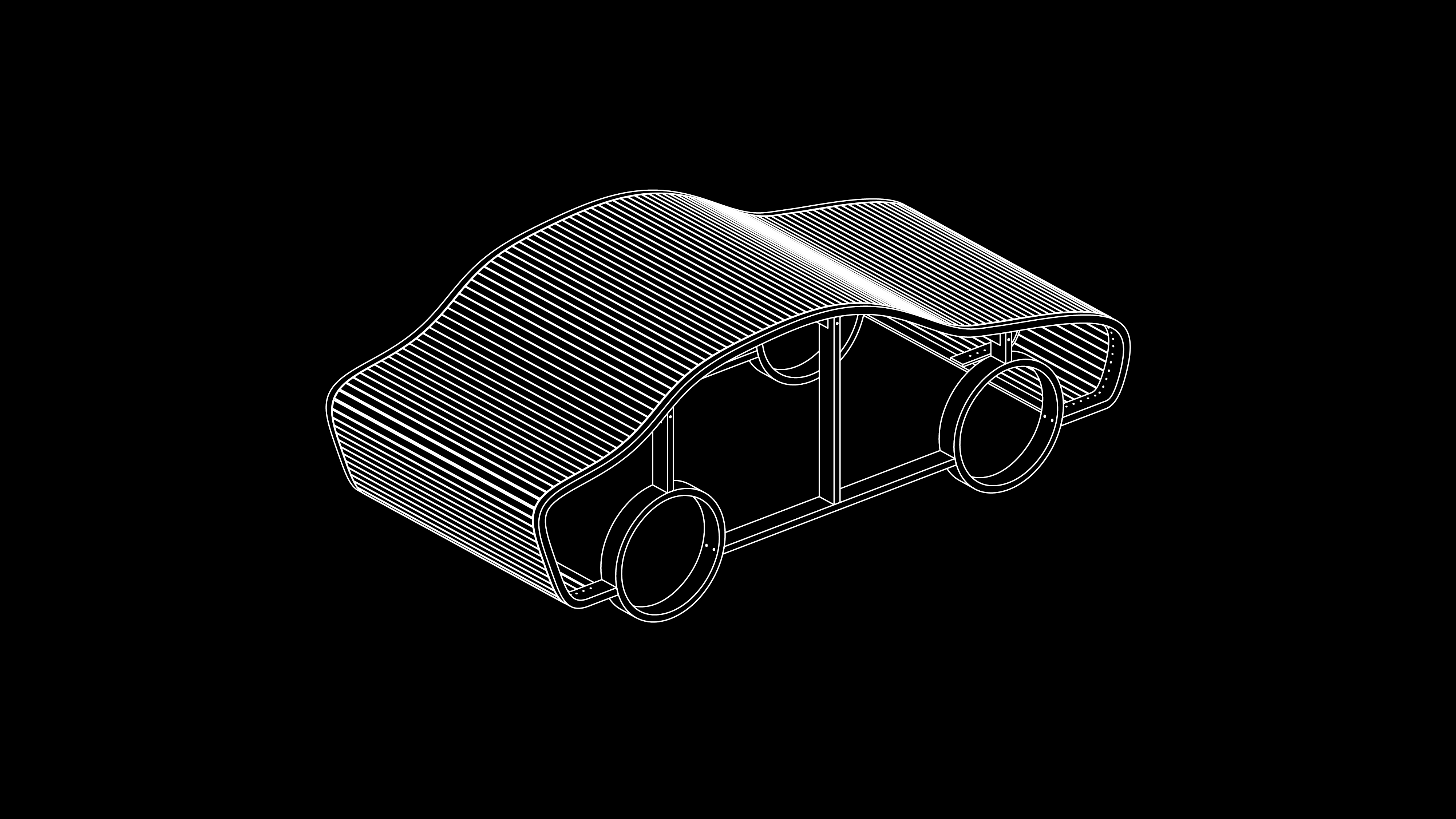AUT
2021Stadtmöbel für die post-autogerechte Stadt
Street furniture for the post-car city
Part of the M.A.
Since the Athens Charter was signed in 1933, cities around the world have been built and designed around the car. Once a symbol of freedom and the first affordable means of enabling people's mobile independence, the car is now facing a turning point and it is likely to experience a gradual decline: sharing systems, autonomous vehicles and the arisen of the bicycle as sustainable vehicle are slowly changing the traffic pattern of European and worldwide metropolises. Traffic-free zones are popping up in several European cities: Paris, Berlin, Milan, Barcelona to name just a few. The future concept of Smart City promises to better the life condition of citizens in urban context and to re-design the way in which we live in the city. The 15 minutes City model and his decentralised pattern will radically impact the mobility individual needs. Based on these premises, this concept imagines how will the public and common space looks like in urban context no longer dominated by the car.
SYMBOLISM
The seat symbolizes on one side the decline of the private car as a city protagonist whilst at the same time it acts as a warning sign for climate change and the increasing sea level: one of the most successful man-made product at the center of bitter controversy for years, now seems to be floating above a sea of asphalt. The symbolic meaning of this concept can not be misunderstood: his message is clear and universally comprehensible. Although this project was developed for the geographical setting of Berlin Brandenburg area, it can be implemented in any type of urban context. Aut is currently in the developing phase.


FEATURES
Aut is a a seat and deck-chair for urban context. Its silhouette and formal canon remind us unmistakably at the contour of a car. Instead of roaring through the city streets and leaving behind poisonous fumes, it sits under the trees and between the buildings providing citizens and tourists a place to sit, rest and lye down. The former protagonist of the city now lives as a wreck, as a carcass, offering a different and opposite function than the original one to its users. This seat and deck-chair provides different laying and sitting positions depending on its angle and on lowering in the ground: Sitting in the front or back, lying all over the surface - the area is large enough for up to 7 people. A steel frame allows robustness and durability. The supporting structure is composed of steel elements, held together by means of concealed screws. This construction approach facilitates maintenance and replacement of parts in case of damage. The seating area is composed of a continuous surface of wooden slats: Robinia (false acacia), Douglas fir or larch are to most suitable woods for outdoor environments and ensure durability and weather resistance.The resulting product is a large seat, suitable for different types of city contexts, whose functionality is inherently accompanied by a subtle criticism and latent irony.










